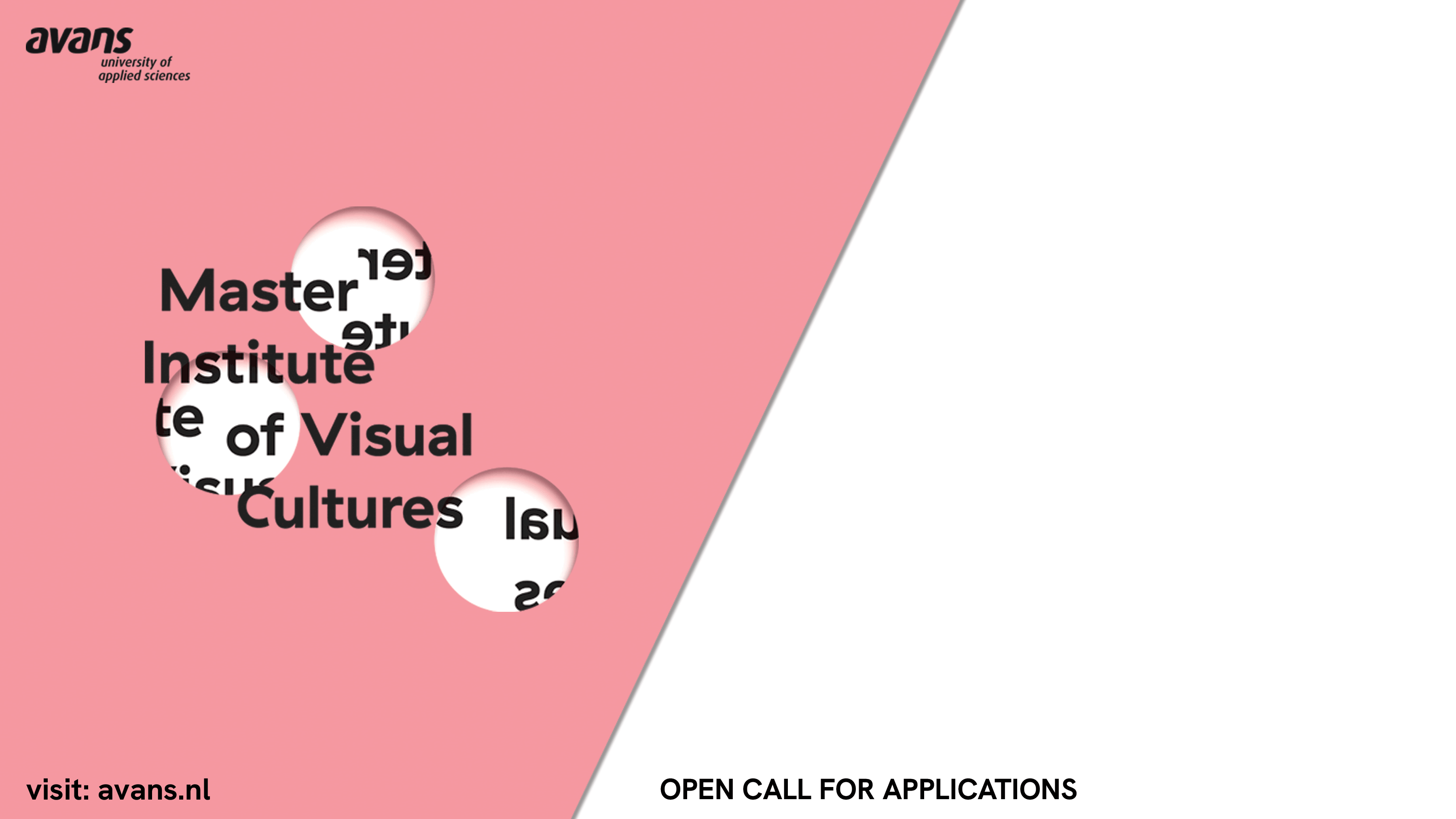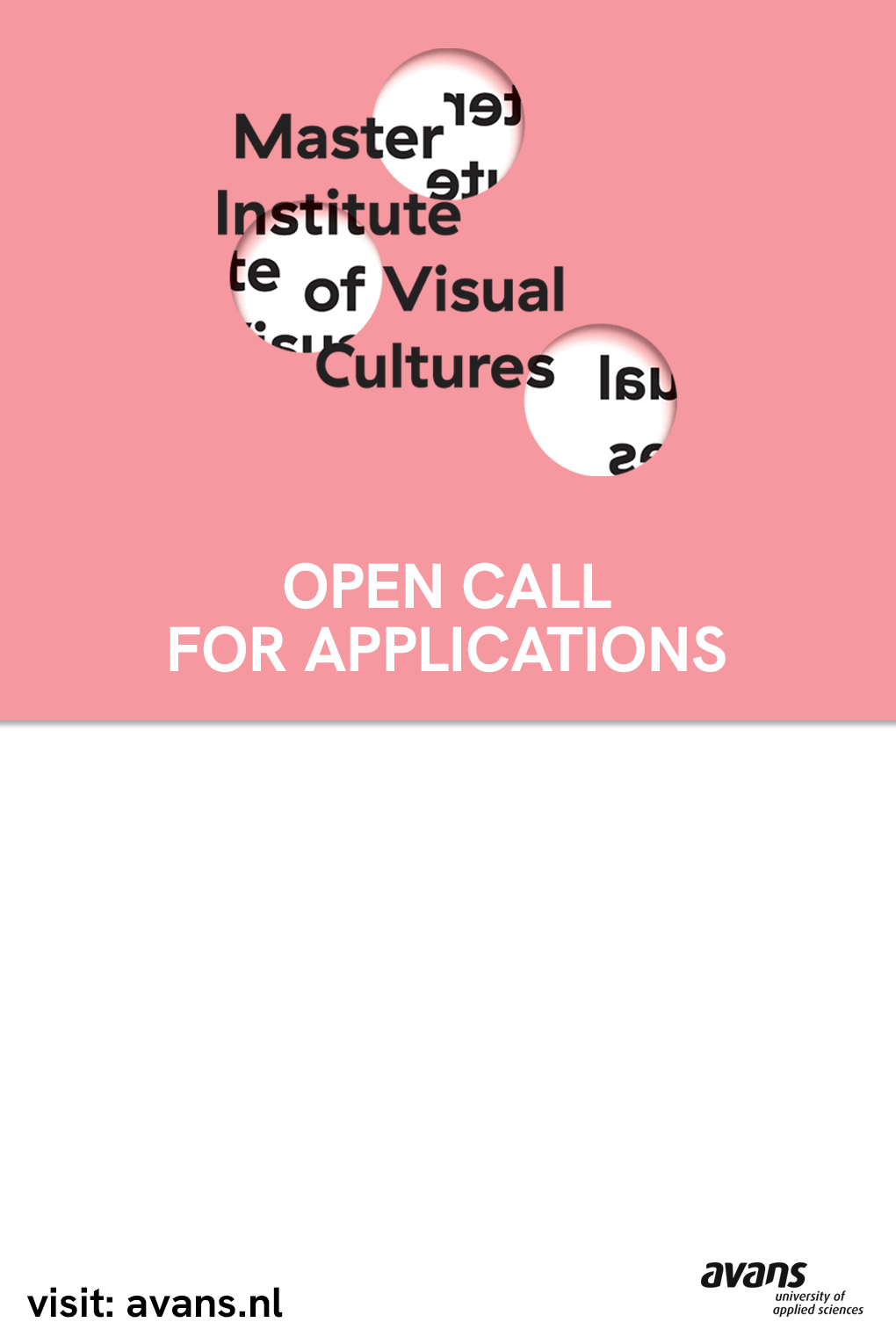Issue 18 of e-flux journal marks the beginning of our third year of publishing, and the start of a “Letters to the Editors” feature, with reader responses to issues or individual essays published in the journal. To offer your own response, write to journal [at] e-flux.com.
***
Robert Smithson’s well-known indictment of art institutions as lobotomizing apparatuses—neutralizing all that is placed within their walls—remains relevant today. But can we say, even in a Smithsonesque manner, that this problem now extends far beyond art museums? What if the edifying and embalming functions of museums and art institutions simply serve to double a latent tendency within culture itself, one that wants to hold on to things and remember them? Surely, if we were to demolish all art institutions, they would reemerge; and anyhow, as Toni Negri suggests in this issue, society needs institutions—the alternative is much worse.
In “History in the Making,” Peter Friedl considers the image as a marker of death—not only that of images’ subjects, but of historical events that are altered and staged through this supposedly documentary medium. From the Paris Commune, to Neda Soltani, to the Spanish Civil War, to Courbet, to Robert Capa, the issue is not only that selective framing produces deliberate misreadings, but that “all images lie when they are not read right.”
Hassan Khan recuperates the figure of the corrupt intellectual as an opportunity to understand a condition of being simultaneously empowered by and embedded in the limitations of cultural practice. While the corrupt intellectual may be the worst kind of coward, this figure also heralds a capitulation to popular, or populist, sentiment, to the malleable force of the crowd, that you or I may not only have already recognized, but implicitly internalized…
How can the multitude constitute a singularity, asks Antonio Negri in Hans Ulrich Obrist’s conversation with the philosopher. How can the wild, dangerous creativity that exists in the metropolis be harnessed to mobilize people? How does “all that rationalist art” represent the link between Surrealism and Fordization? And how can we rediscover the common as a space of resistance?
Marta Jecu looks to the works of artists such as Carlos Bunga, Gutai, Ei Arakawa, and Sancho Silva to explain how the uses of space and time that followed from post-conceptual practices are most usefully considered in light of how they function within the realm of the virtual. How do we understand works that utilize spatial realignments and temporal processes to constitute an embodied potentiality that surrounds, and often evades, the exhibited material?
Gean Moreno and Ernesto Oroza articulate the world of generic objects sculpted by the brutally abstract flows of trade logistics, global exchange, and abject necessity. They key into a type of formal engagement that not only bypasses and supersedes modes of display, but also considers concrete object-production in terms of a kind of “meta-author” working at the intersection of small-scale need and worldwide processes of industrial standardization. “What is most interesting about the generic quality is that it clarifies objects as compressed and manipulable energy and information, free of the magical cloak of meaning and added value with which the fairy dust of sanctioned creativity wraps them.”
Finally, Maria Rus Bojan, Beatrice von Bismarck, Liam Gillick, Jens Hoffmann, Adam Kleinman, Sohrab Mohebbi, Nato Thompson, Vivian Rehberg, Dorothee Richter, Jacopo Crivelli Visconti, and Tirdad Zolghadr reply to Anton Vidokle’s polemical essay “Art Without Artists” from issue 16, which warned against curatorial ambition usurping or erasing the work of artists in spaces of art.
—Julieta Aranda, Brian Kuan Wood, Anton Vidokle


